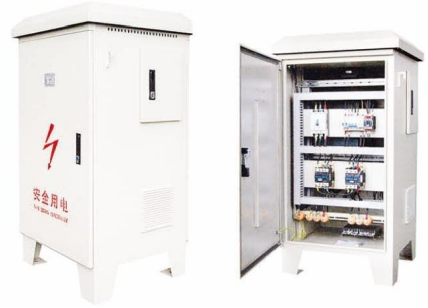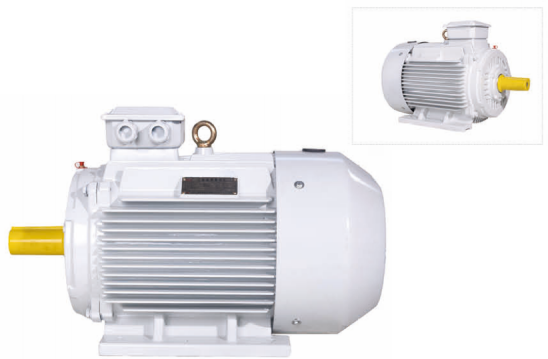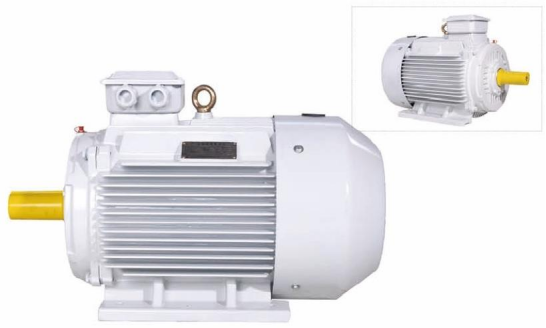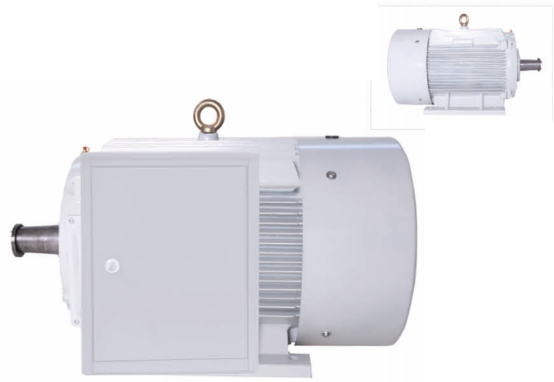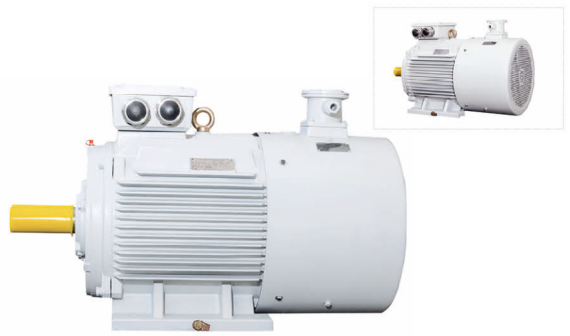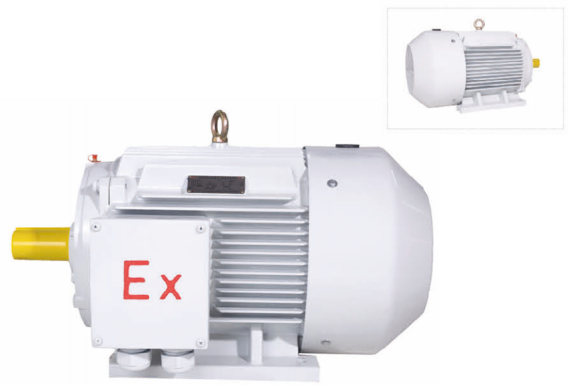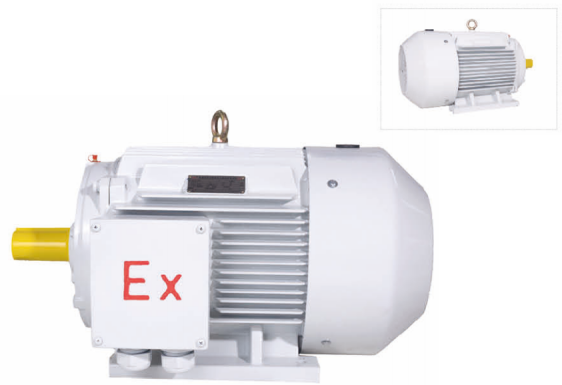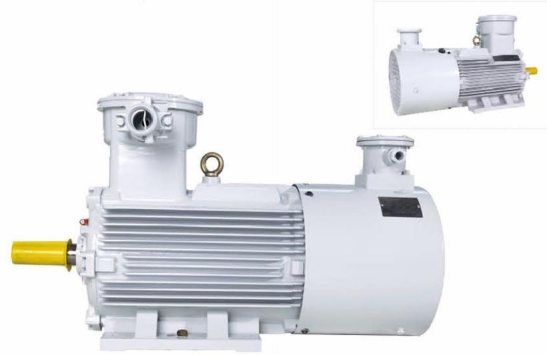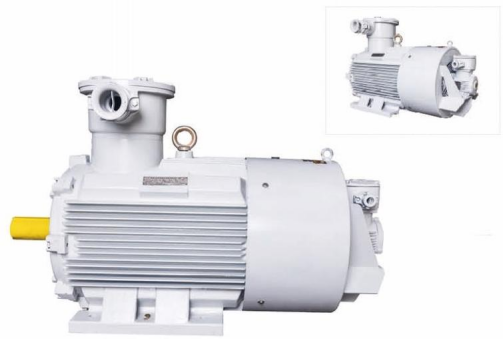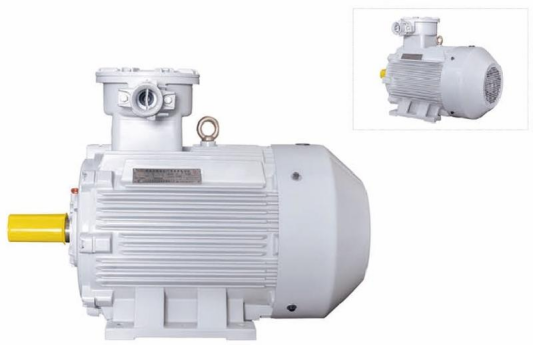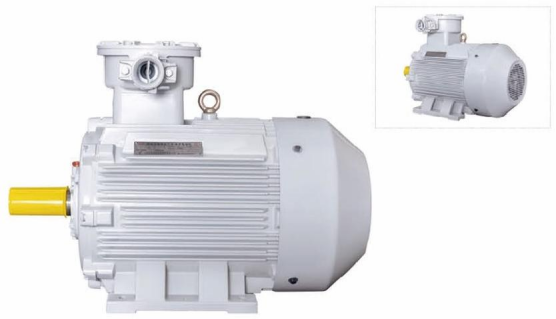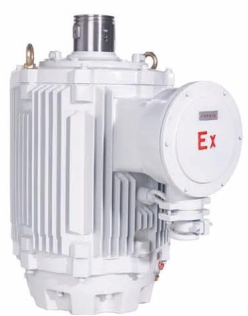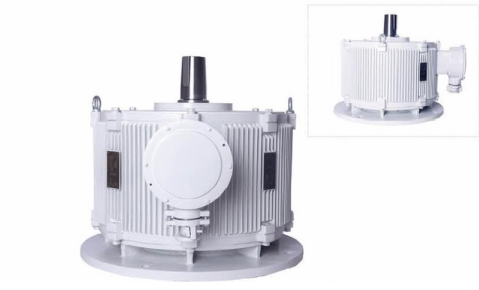Wedoany.com Report-Apr. 13, Peru’s Ministry of Energy and Mines (MINEM) has announced plans for 14 solar projects, aiming to add 2.5 gigawatts (GW) of capacity by 2028. These projects will connect to the National Interconnected Electric System (SEIN), boosting the country’s renewable energy supply. The initiative reflects Peru’s commitment to expanding clean energy infrastructure over the next few years.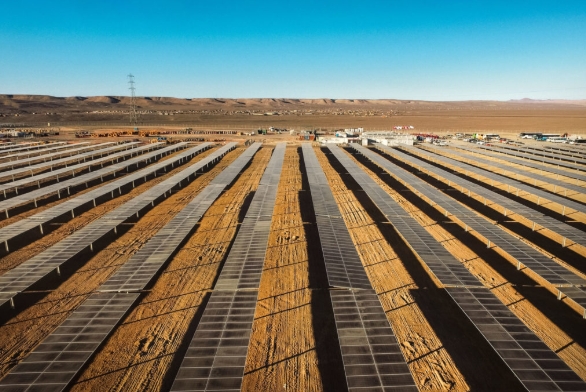
The International Renewable Energy Agency (IRENA) reports that Peru’s current photovoltaic (PV) capacity stands at 528 megawatts (MW), according to its Renewable Capacity Statistics 2025. If MINEM’s target is achieved, the nation’s solar capacity will grow to at least 2.98 GW by 2028, marking a significant increase in renewable energy production.
These developments will take place across multiple regions. The departments of Arequipa, Moquegua, and Ica will host the majority of the projects linked to SEIN. Additionally, two standalone solar initiatives are planned for Loreto, operating outside the national grid to address local energy needs.
MINEM highlighted that four projects are already well underway, with a combined investment surpassing $717 million. These efforts signal strong progress in Peru’s renewable sector. Among them, the Sunny project in Arequipa will contribute 204 MW and involves funding of over $177 million. Similarly, the Solimana project, also in Arequipa, will deliver 250 MW with an investment of $176 million.
In Moquegua, the Lupi project is set to generate 181.2 MW, supported by $193 million in funding. Meanwhile, the San Martín Solar project in Arequipa will provide 252.4 MW, backed by more than $168 million. These initiatives showcase a range of investments aimed at enhancing Peru’s energy landscape.
The projects align with growing global demand for sustainable energy sources. By expanding its solar capacity, Peru aims to strengthen its position in the renewable energy market while meeting domestic consumption needs. The developments in Arequipa, Moquegua, Ica, and Loreto highlight a strategic approach to harnessing solar power across diverse regions.
Construction timelines and investment details indicate a focused effort to complete these projects by 2028. MINEM’s oversight ensures coordination with the SEIN, facilitating efficient integration into the national energy framework. The isolated systems in Loreto, meanwhile, address specific regional requirements, ensuring broader access to electricity.
Overall, these solar initiatives represent a balanced expansion of Peru’s energy capabilities. With significant financial commitments and clear targets, the country is poised to achieve its 2.5 GW goal, fostering sustainable growth in the years ahead.
